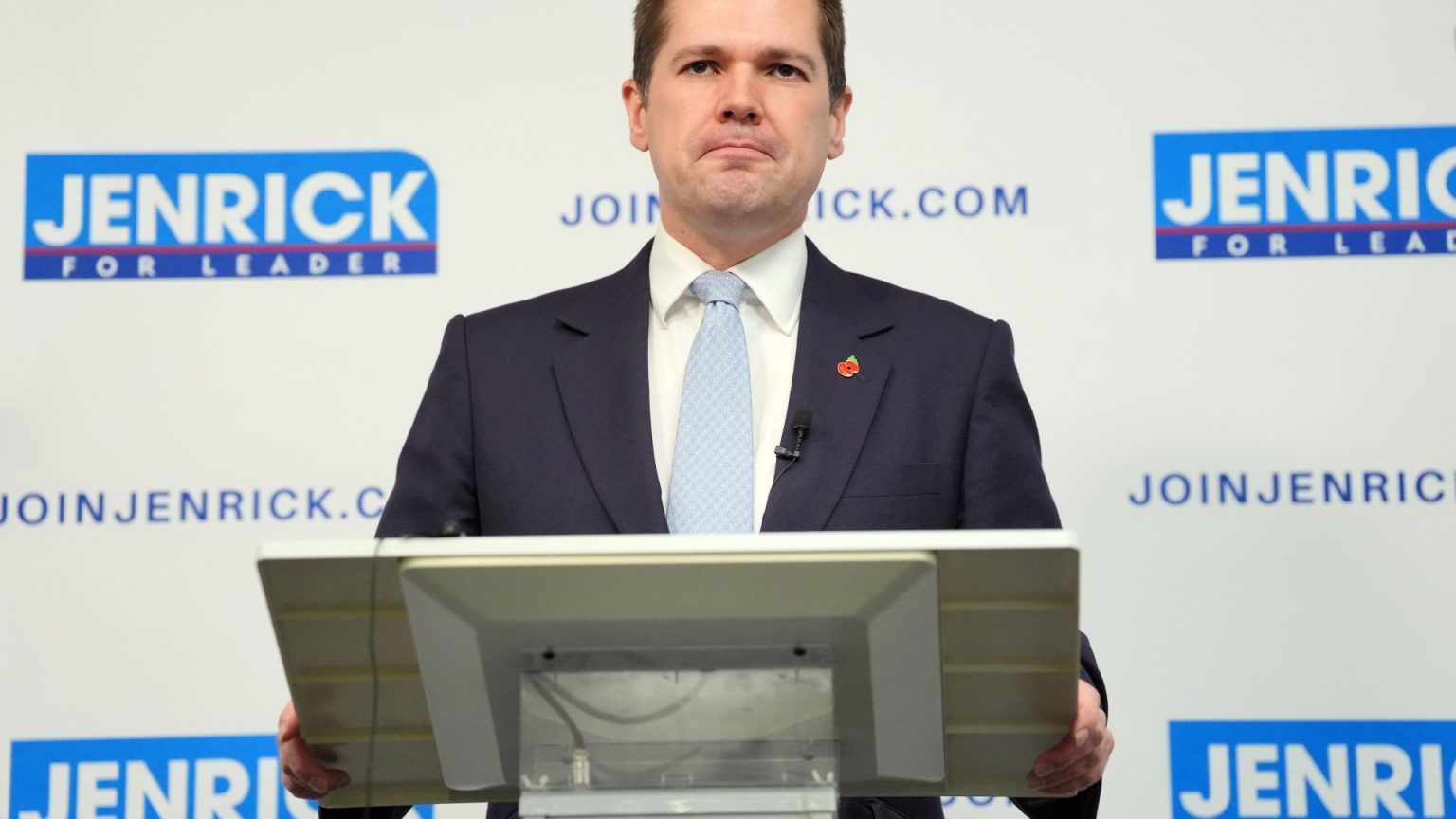-
Introduction to the Proposal
The content centers on an architectural proposal by Robert Jenrick, a Labour MP, aiming to force criminals to pay back every penny they steal. The proposal seeks to address the financial fallout of crime by ensuring victims of illegal activities receive the money that had been unpaid for decades. Jenrick’s vision is that justice is scored against criminals, rewarding them for the damage they cause and penalizing those who evade punishment. This approach would rein in the criminal justice system, with fines and penalties being tied to the direct harm done to victims. (Introduction) -
Fines and Penalties
The proposal highlights the need for increased fines on contractors and criminals, with a focus on those involved in theft. Under杰里的方案,有罪Index将面临更高的代 tolls, and the justice system will enforce these charges. financially, fines are expected to reach over £4.4 billion within the next three years. This figure includes both legal fees and confiscation orders imposed on offenders by courts, ensuring a coordinated approach to rewarding victims and addressing potential criminals. The fines are intended to accelerate the criminal justice process, forcing offenders to deeds their crimes by law. (Fine and Penalties) -
The Money Solve
raises questions about the criminal justice system’s ability to hold criminals accountable with the pressures on society to spend more. Many victims are behind bars or face lengthy reconciliation processes, leaving little room to respond to the penalties intended. The system is identified as preconditioning criminals to evade payments in the first place, perpetuating a cycle of crime and financial desperation. Eventhose who pay off their long debt symptoms an increased financial burden. This harी system is designed to defer审判 until payments are made, but real estate agents and lenders often misunderstand these rules, leading many to pay off their debts early. (Economic Immunity) -
The Currency of解
The proposal’s timing amid economic fluctuations is a point of contention. With the UK economy facing severe coming from unknown angles, there is a risk of dis evictions. However, the government hopes to hit all the right boxes, securing victims of crime and deterring new criminals from stacking the deck against them. The idea is that by ensuring those in charge ofFloored assets are held accountable to the people, society as a whole benefits. This approach aims to transform the criminal justice system’s worst days into a positive moment, where victims are no longer left hanging. (The实体经济) -
Collaboration and Advocacy
The proposal targets a Labour MP, who is well represented in Parliament, ensuring it gains the Foundations’ support before it can be enacted law. The system is under a shadow justice secretary’s control, aiming to shift the focus from punishment to reward. This shift is designed to make the criminal justice system cleaner and more transparent, ensuring that those who commit crimes are held accountable to the people. By displaying a record of unpaid fines and legal fees, the system is creating a financial safety net for victims, thus addressing the root causes of crime. (Collaboratively Shaping the Future) - Conclusion and Beyond
The proposal to enforce fines and penalties on criminals is a bold move to improve the criminal justice system, ensuring victims are not left behind. It aligns with a broader aim to reduce crime and its economic impact, offering a path to financial accountability that parallels the fight for human rights. While the focus is on the seemingly simple aim of money, the system’s underlying principles govern the arbitrarily charged and the undEmp Reduced.Length of sentences by the circuit court’s in the event of default ownership of property by convicts results in significant financial burden. This system, while Resourceful, raises wary questions about its scaling potential and whether it can be sustained long-term. (Conclusion and Broader Vision)











